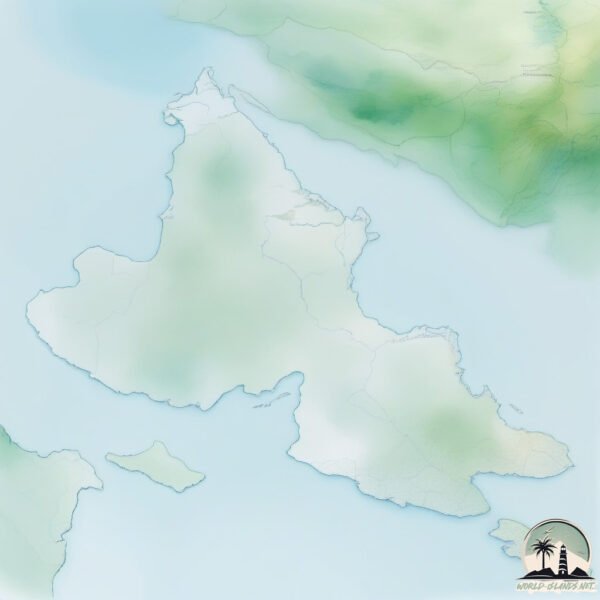Krk

Welcome to Krk, a Temperate island in the Adriatic Sea, part of the majestic Atlantic Ocean. This guide offers a comprehensive overview of what makes Krk unique – from its geography and climate to its population, infrastructure, and beyond. Dive into the details:
- Geography and Size: Explore the island’s size and location.
- Climate and Weather: Weather patterns and temperature.
- Topography and Nature: Uncover the natural wonders of the island.
- Infrastructure and Travelling: Insights on reaching, staying, and making the most of your visit.
- News and Headlines: Latest News.
Geography and size of Krk
Size: 408.1 km²
Coastline: 196.5 km
Ocean: Atlantic Ocean
Sea: Adriatic Sea
Continent: Europe
Krk is a Large Island spanning 408 km² with a coastline of 197 km.
Archipel: –
Tectonic Plate: Eurasia – One of the world’s largest tectonic plates, the Eurasian Plate covers a significant portion of Europe and Asia. It’s characterized by diverse geological features, including the Ural Mountains, the European Plain, and the Himalayas formed from its collision with the Indian Plate.
The geographic heart of the island is pinpointed at these coordinates:
Latitude: 45.07081818 / Longitude: 14.61464946
Climate and weather of Krk
Climate Zone: Temperate
Climate Details: Humid Subtropical Climate
Temperature: Hot Summer
Climate Characteristics: With continuous rainfall and hot summers, this climate is common in some coastal regions, supporting diverse vegetation.
Topography and nature of Krk
Timezone: UTC+01:00
Timezone places: Europe/Paris
Max. Elevation: 523 m
Mean Elevation: 144 m
Vegetation: Deciduous Broadleaf Forest
Tree Coverage: 42%
The mean elevation is 144 m. The highest elevation on the island reaches approximately 523 meters above sea level. The island is characterized by Plateau: Elevated flatlands rising sharply above the surrounding area, with a maximum elevation over 500 meters but a mean elevation less than 300 meters, forming unique highland areas on islands.
Dominating Vegetation: Deciduous Broadleaf Forest
Composed of broadleaf trees that shed their leaves seasonally. These forests are commonly found in temperate zones and experience distinct seasonal changes. Krk has a tree cover of 42 %.
Vegetation: 14 vegetation zones – Exceptionally Diverse Island
Islands with more than ten vegetation zones are among the most ecologically rich and varied in the world. These islands are akin to miniature continents, boasting an incredible array of ecosystems. The sheer range of habitats, from high peaks to deep valleys, rainforests to deserts, creates a mosaic of life that is unparalleled. They are crucial for conservation and ecological studies.
Infrastructure and Travelling to Krk
Does the island have a public airport? yes.
Krk has a public and scheduled airport. The following airports are located on this island: Rijeka Airport.
Does the island have a major port? yes.
Krk is home to a major port. The following ports are situated on the island: .
The mean population of Krk is 50 per km². Krk is Gently Populated. The island belongs to Croatia.
Continuing your journey, Otok Rab is the next notable island, situated merely km away.
Krk Island, Croatia – Full Travel Guide



Croatia is classified as Developed region: nonG7: Developed economies outside of the Group of Seven, characterized by high income and advanced economic structures. The level of income is High income: nonOECD.
News – Latest Updates and Headlines from Krk
Stay informed with the most recent news and important headlines from Krk. Here’s a roundup of the latest developments.
Please note: The data used here has been primarily extracted from satellite readings. Deviations from exact values may occur, particularly regarding the height of elevations and population density. Land area and coastline measurements refer to average values at mean high tide.
